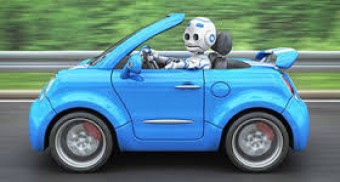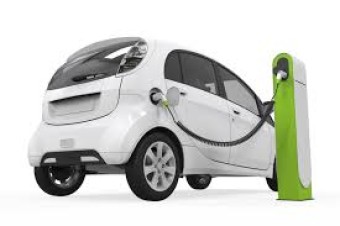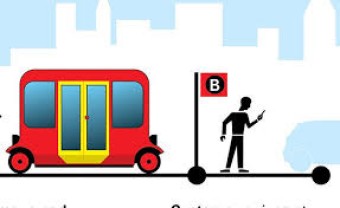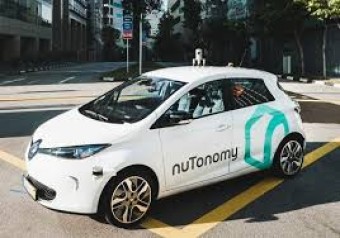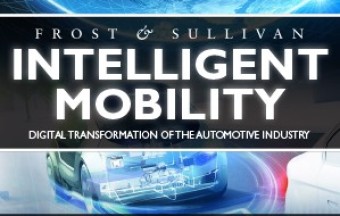Former ride-sharing startup Split finds new home with Volkswagen company MOIA
Volkswagen Group-affiliated transportation software company MOIA wants to revolutionize ride-sharing, commuting and how people travel around cities — and it has purchased D.C.-based Split as part of that effort.
The deal with Split, which offered low-cost rides inside the District before shutting down its operations in September and switching to transportation-related software (and moving at least some of its operations to Finland), was first reported by The Washington Post. But in a blog-post on Medium CEO and founder Ario Keshani said they will be “pushing the envelope” on the future of transportation at MOIA.
Keshani did not disclose how much MOIA paid for the company, or how many employees were heading to MOIA, or even what type of assets were purchased by MOIA, but in the blog post he thanked the entire Split team, including those “who will continue on with MOIA, and those who won’t.”
So what on earth is MOIA? It’s a little unclear. Officially launched in December, MOIA is an independent Berlin-based company that wants to become one of “the world’s leading mobility service providers by 2025,” with a focus on developing IT-based on-demand ride-hailing and car-poooling services and other “amazing concepts,” according to its website.
“We don’t know exactly what concepts and products MOIA Next will develop in ten years’ time — nobody does — or where this will take us. But we do know that we will work very hard to enhance the existing transportation system as a whole and lead the way to the future,” its website said.
Split is MOIA’s most recent purchase — it bought parking payment operator PayByPhone when it launched late last year. The push into the on-demand driving space pits it against big tech competitors like Uber, as well as other auto manufacturers that have gotten in on the game recently. MOIA is an independent company under the Volkswagen umbrella.
Split began in late 2014 and started service in the spring of 2015 serving just downtown D.C., but had grown outward, adding Southeast D.C., Petworth, Hill East and other neighborhoods to the list. It had raised at least $11 million, according to Crunchbase, with transportation company Transdev.
MOIA, the new mobility company in the Volkswagen Group, is taking over the Finnish software company Split Finland Oy. As a wholly owned MOIA subsidiary the Espoo-based company will be known as MOIA Finland Oy. The main tasks of the team led by co-founder Teemu Sihvola will include the development of the pooling algorithms that will be used to manage MOIA’s ride-pooling concept.
Split Finland was founded in 2011 as Ajelo Oy. Up to 2015 the Finnish start-up developed the software behind the ride-pooling concept Kutsuplus, which was operated by Helsinki Region Transport. The US-based ride-pooling company Split took over Ajelo in 2014 with the goal of using its software to develop a ride-pooling concept in Washington D.C.
Ajelo developed the world’s first fully automated pooling solution. That technology enables ride requests from users who are travelling in similar directions to be served with just one vehicle in a fully automated and dynamic way. Would-be passengers use an app to notify the system of their location and destination. An algorithm then calculates the most efficient route possible for the shuttle. This is the only way to make highly efficient and sustainable real-time shared mobility possible.
Read more at http://telematicswire.net/moiato-take-over-the-finnish-software-company-split-finland-oy/#X2RCWpB5RuZ3iELI.99
- Split joins MOIA and Volkswagen.



